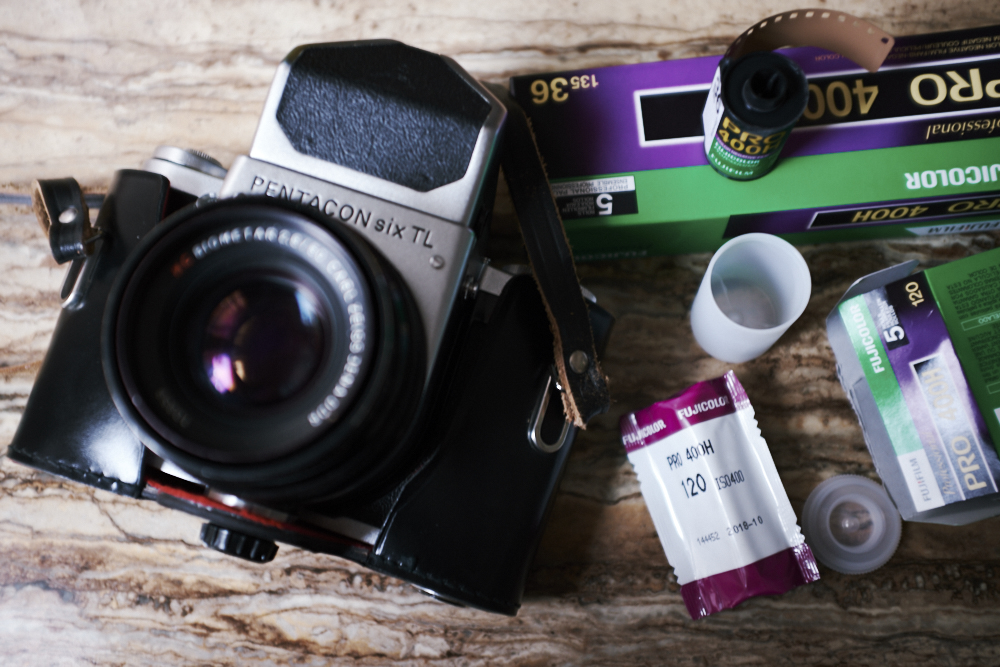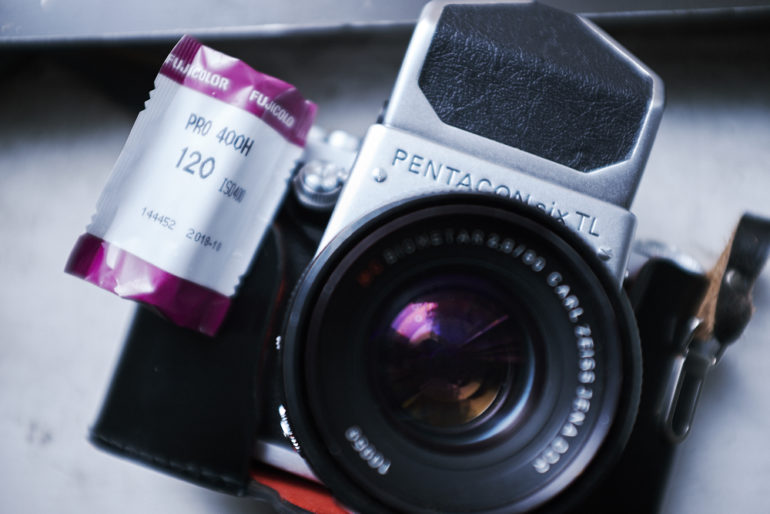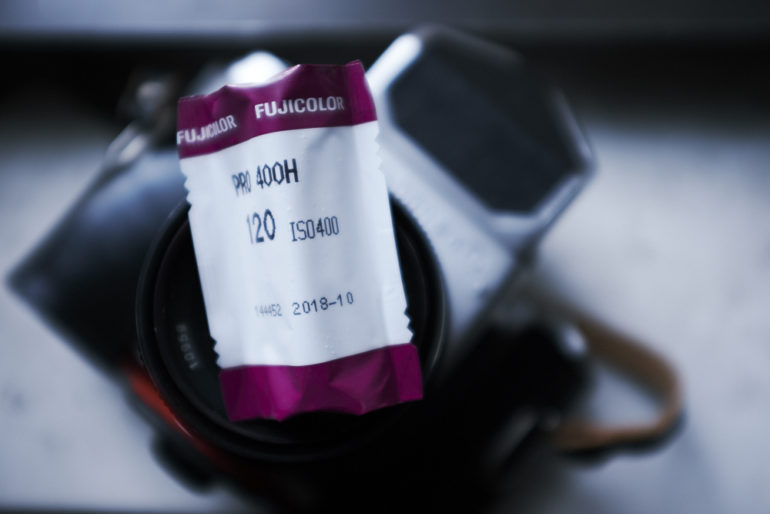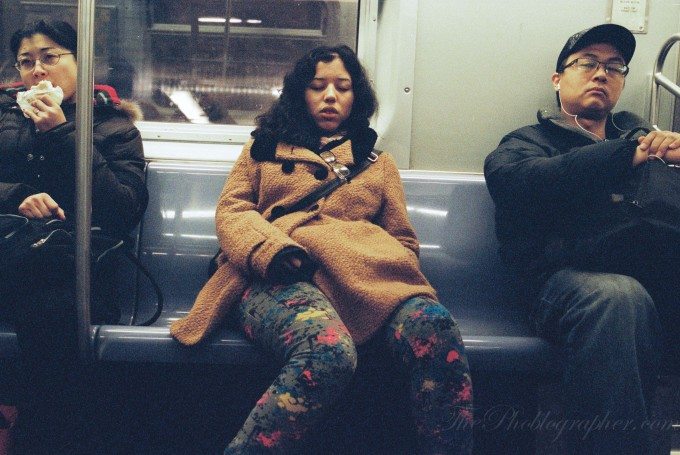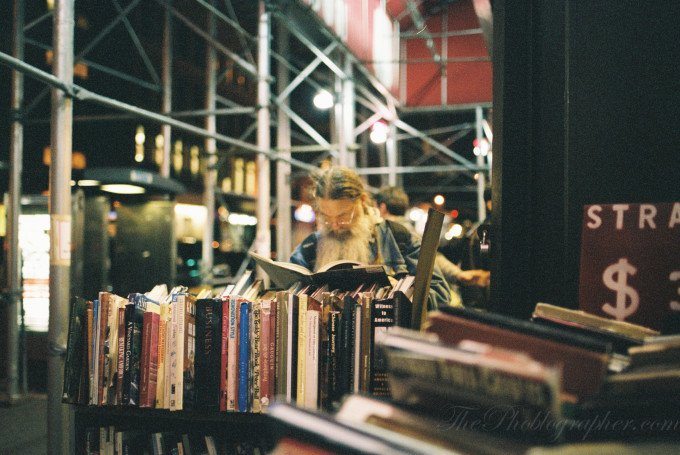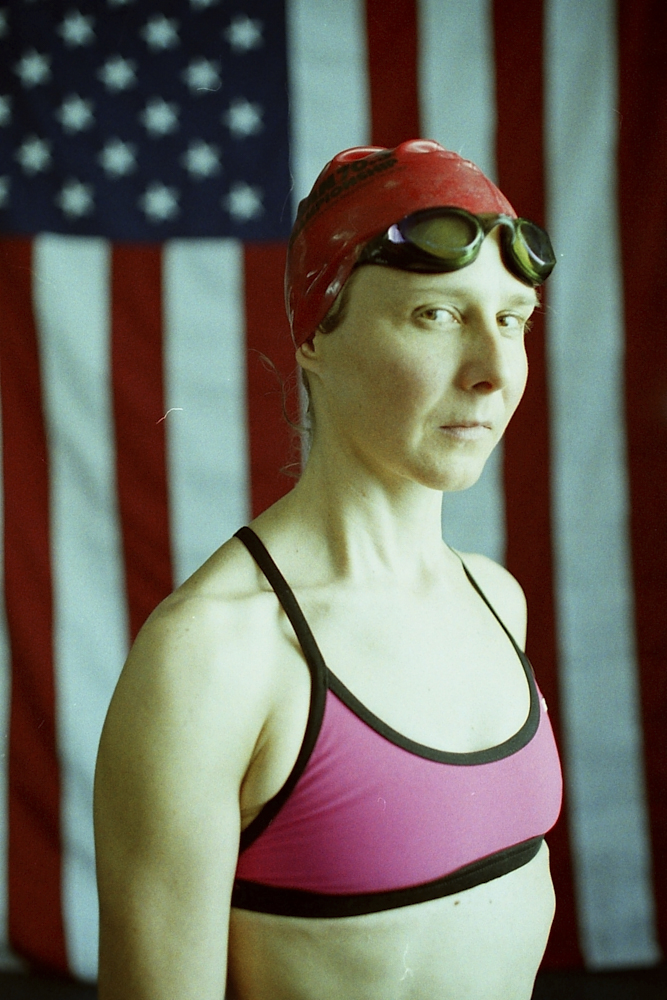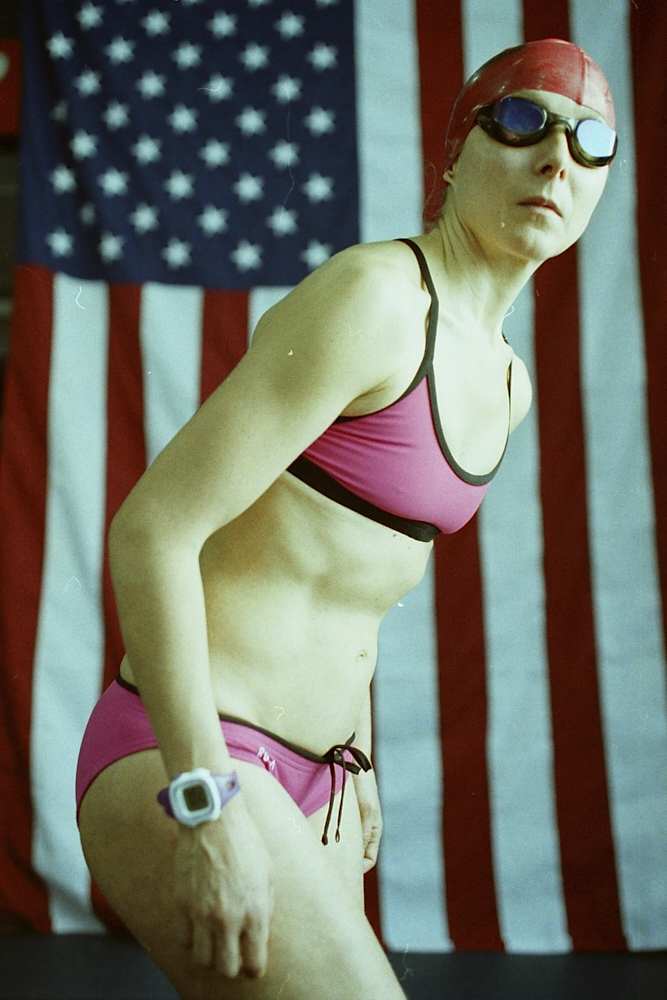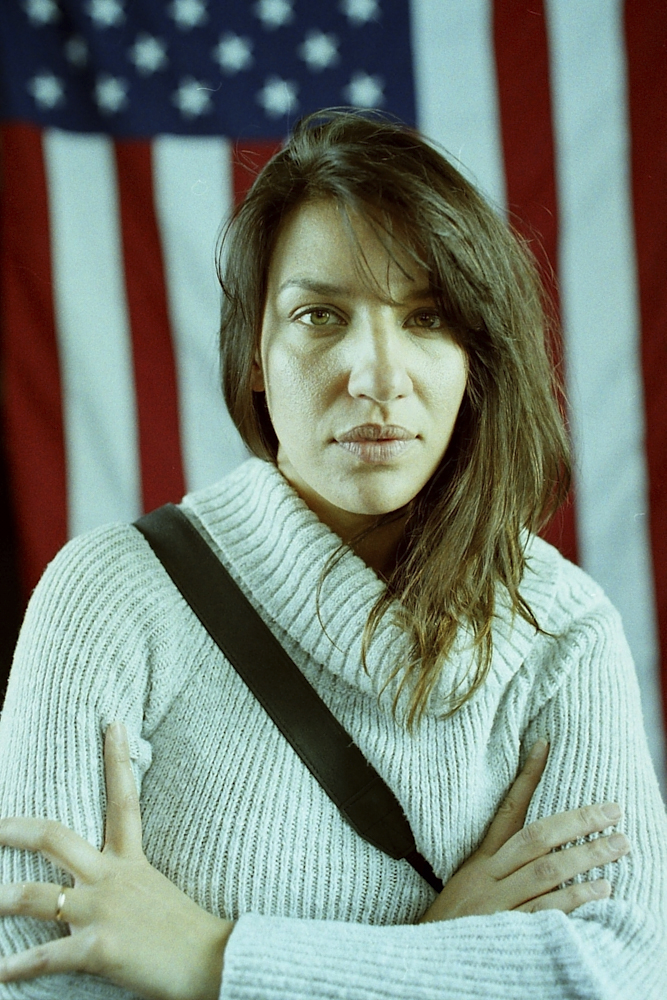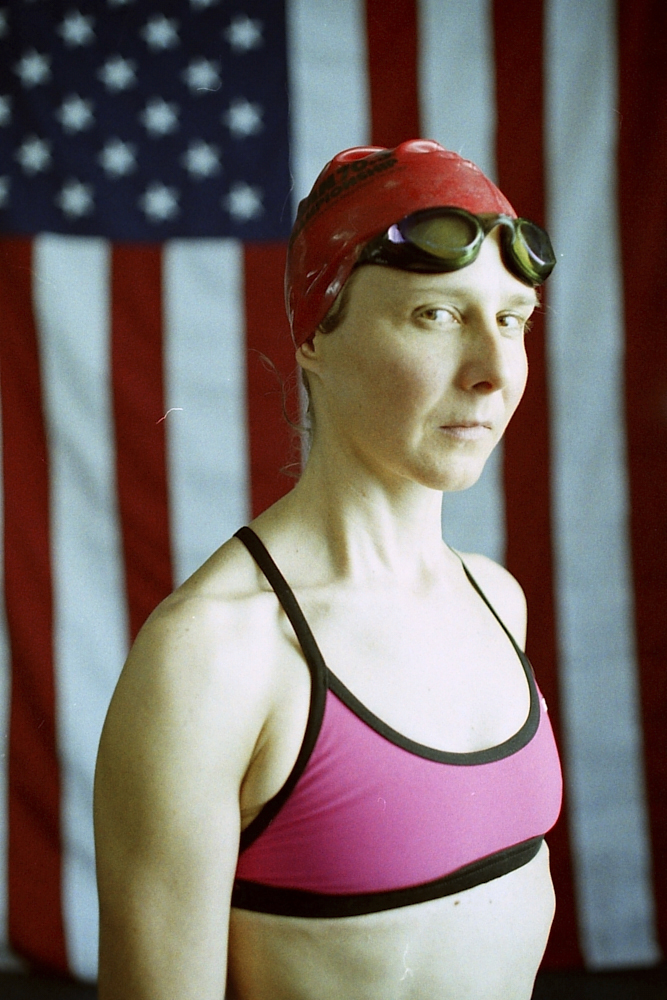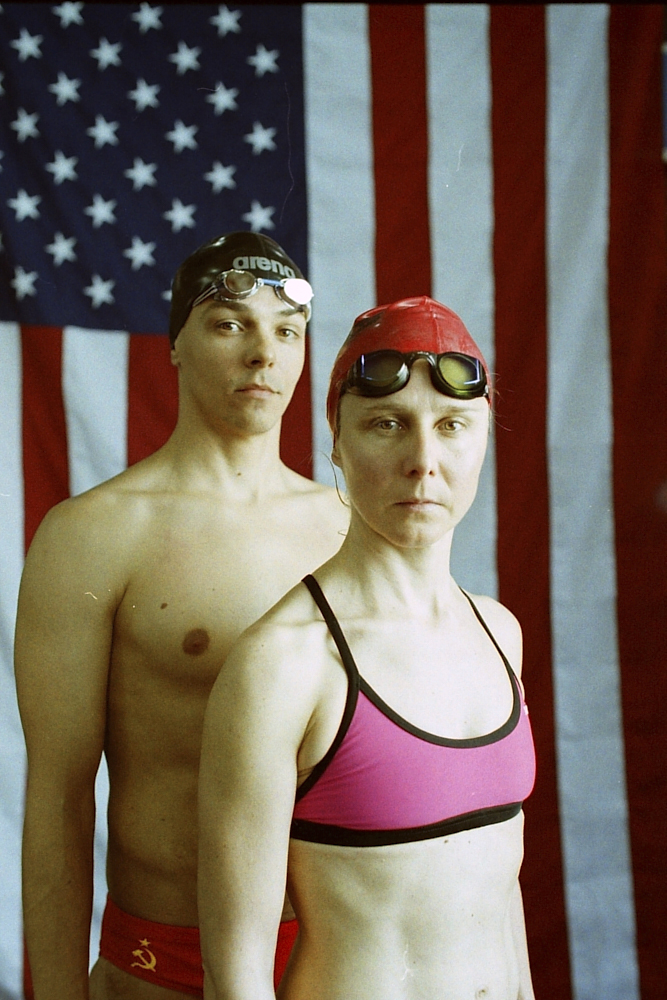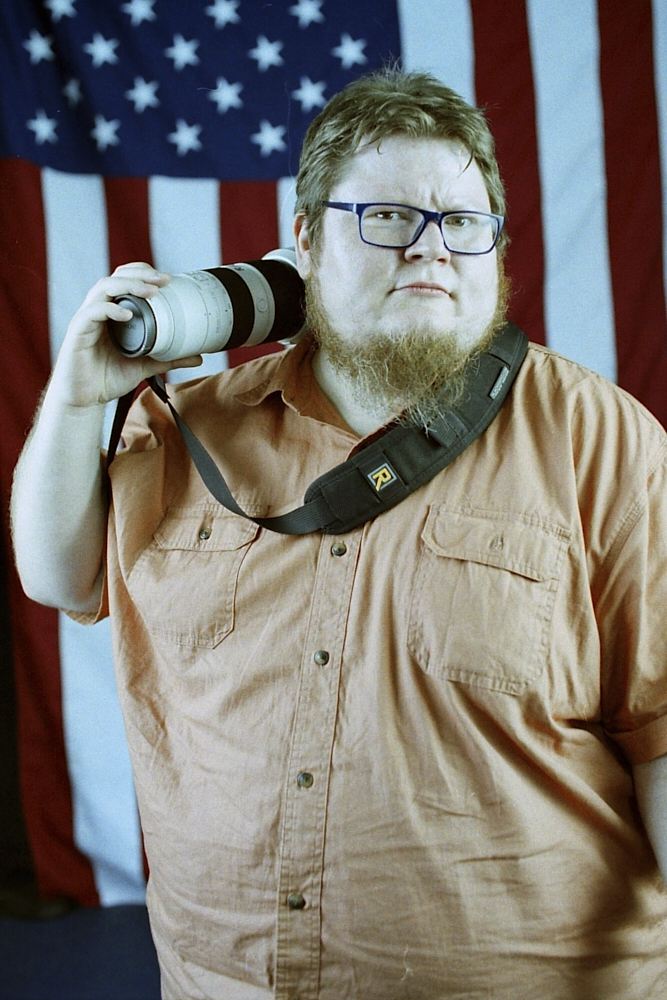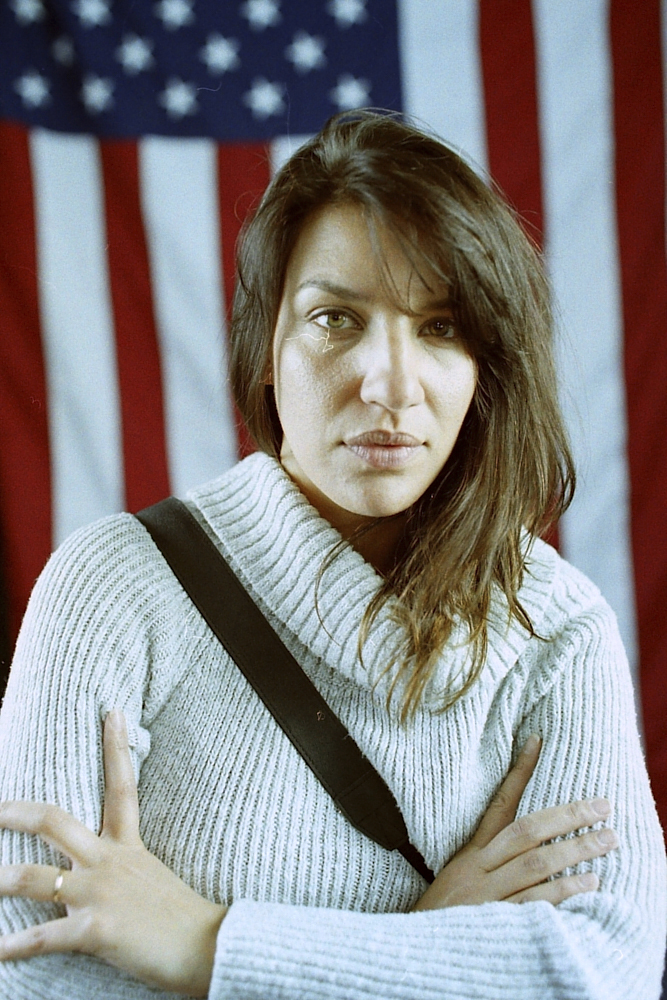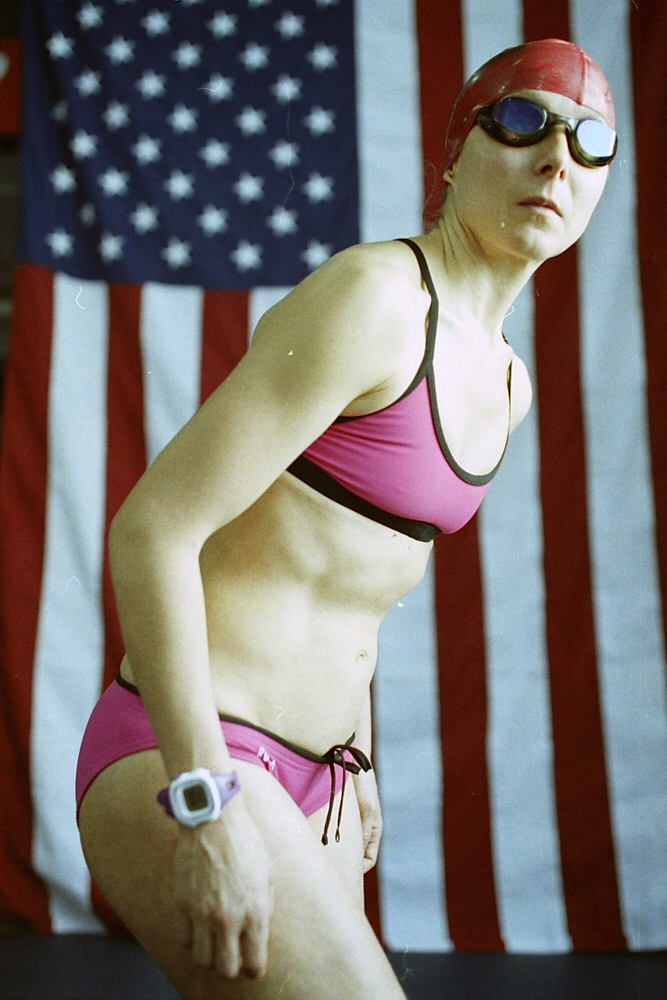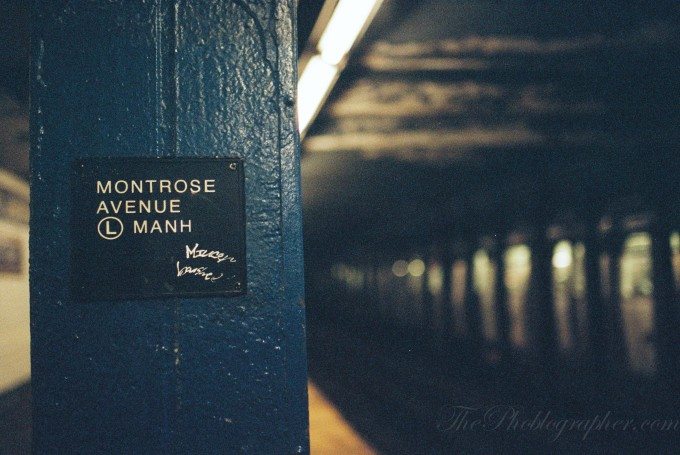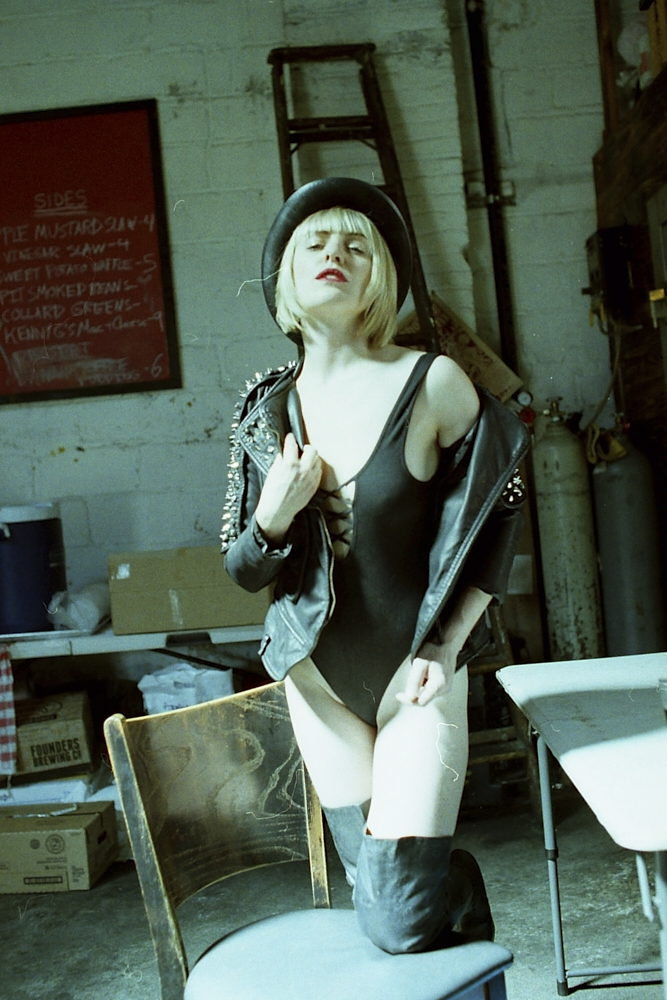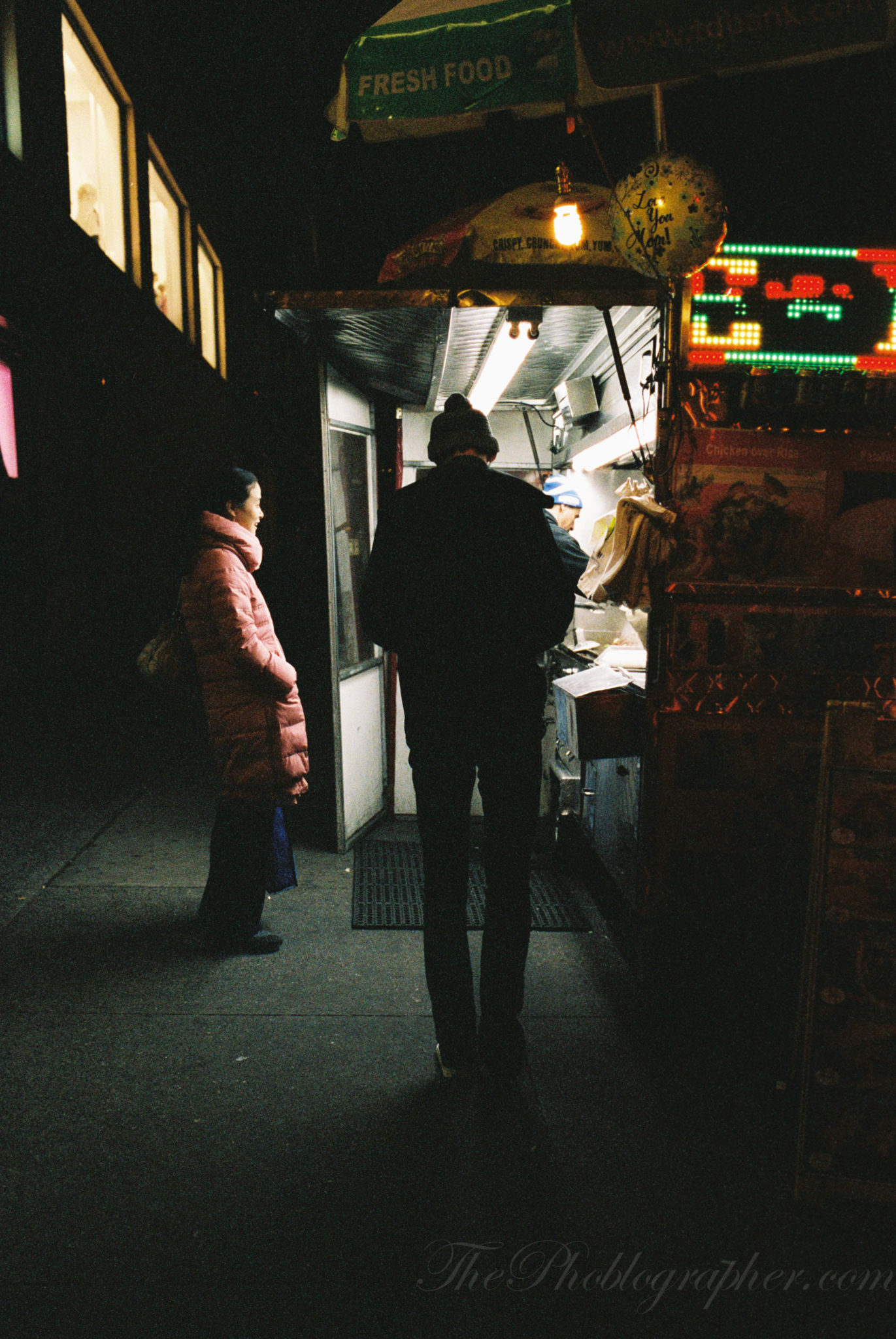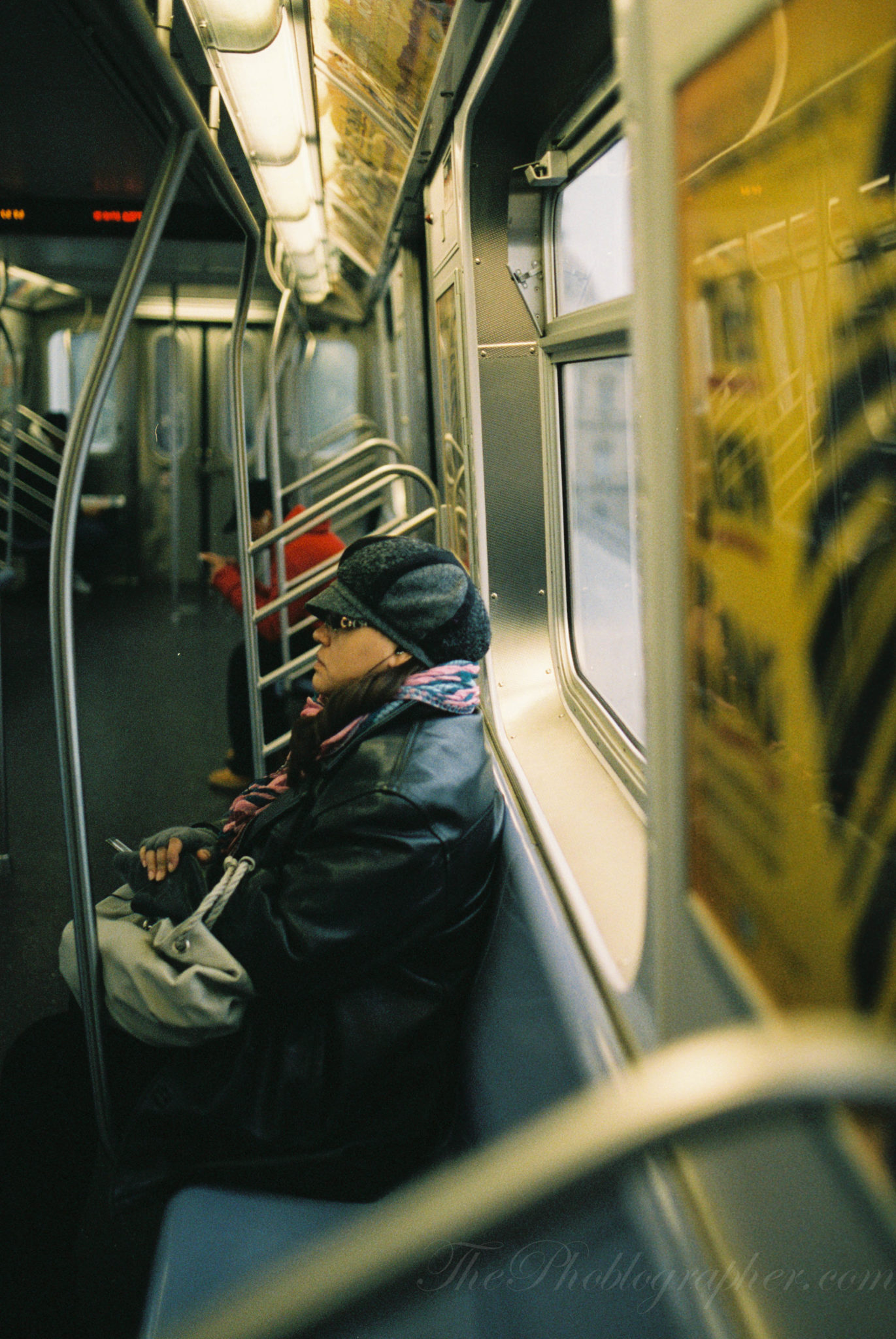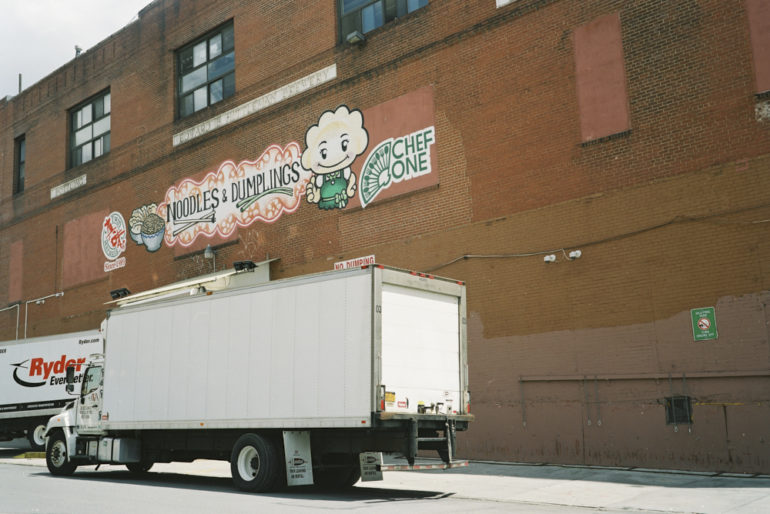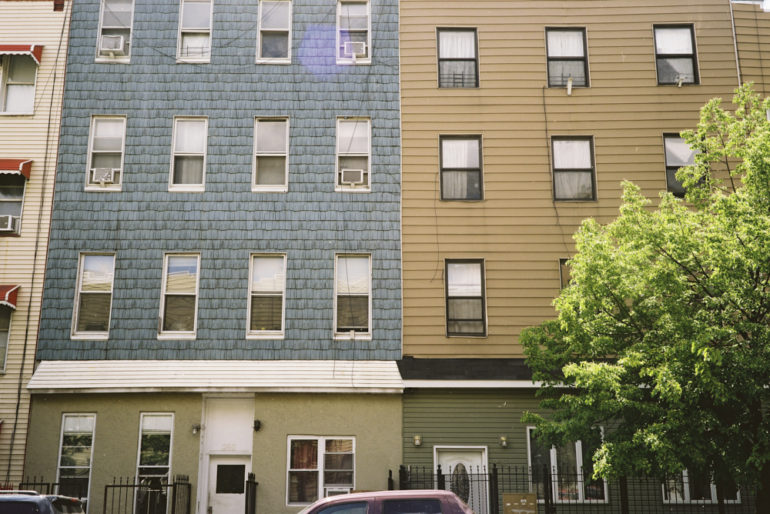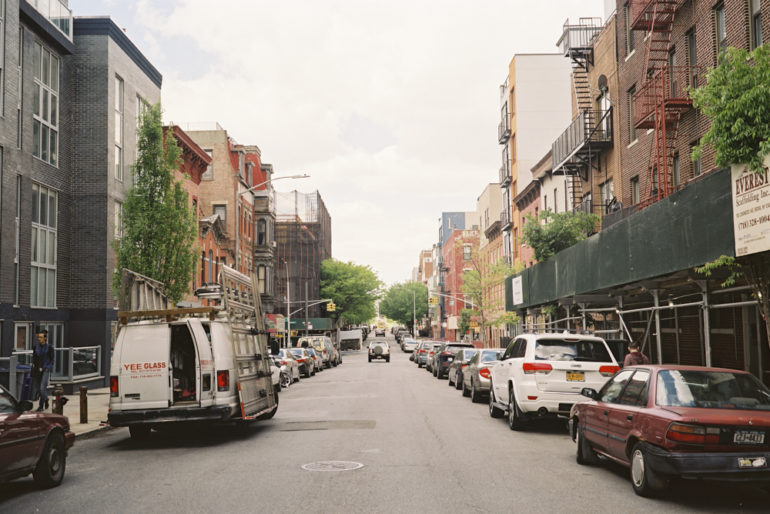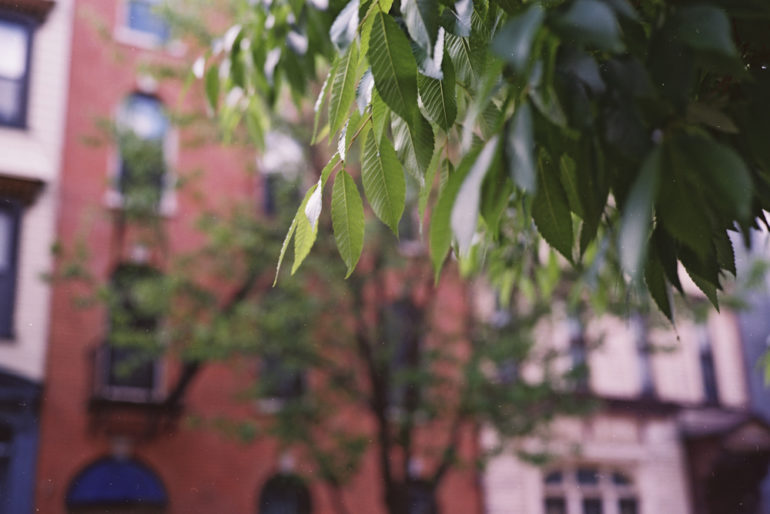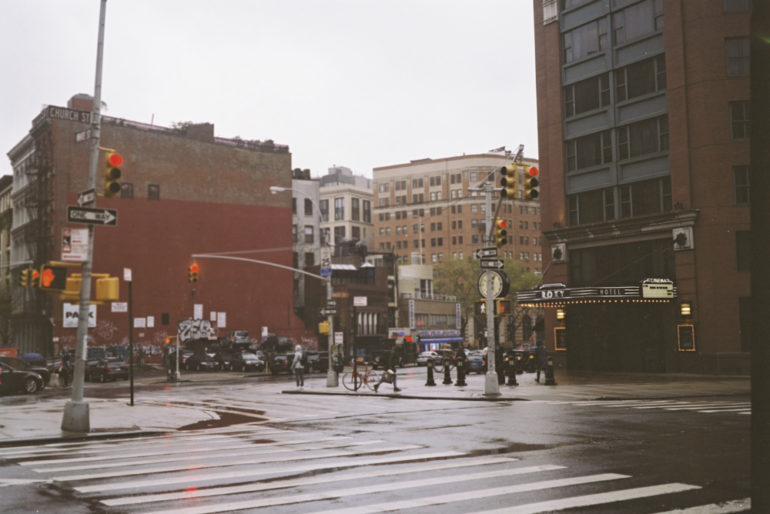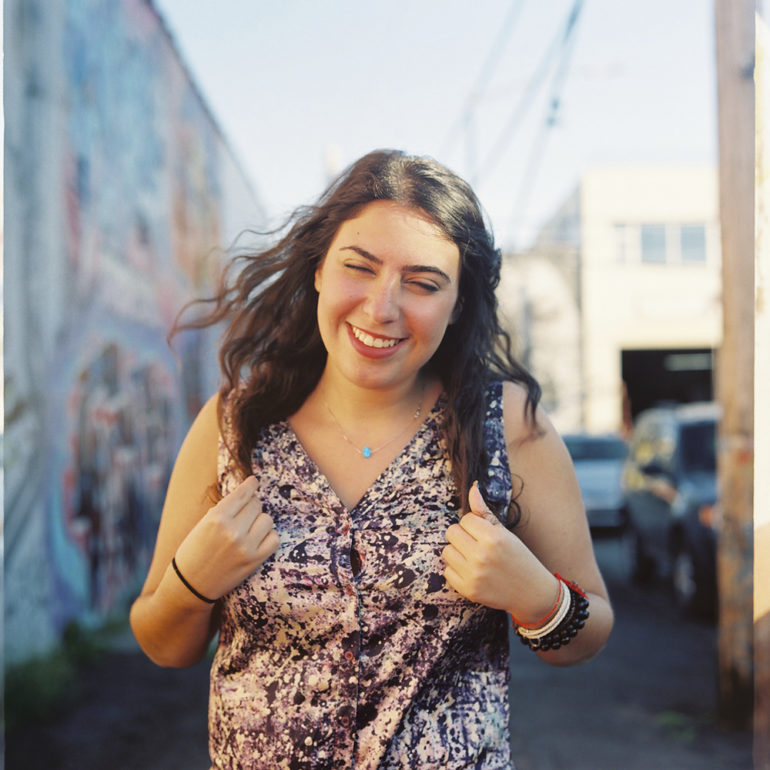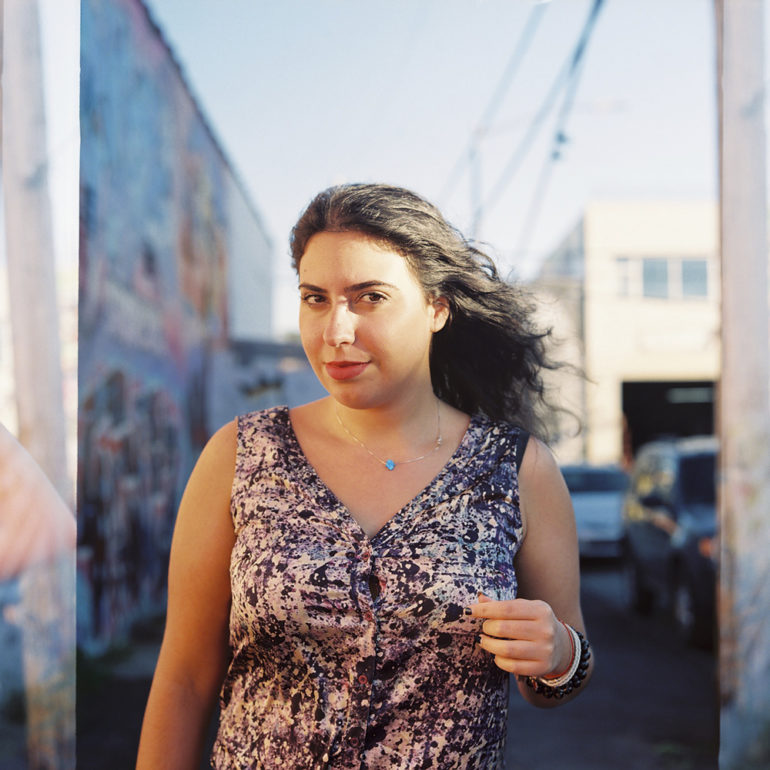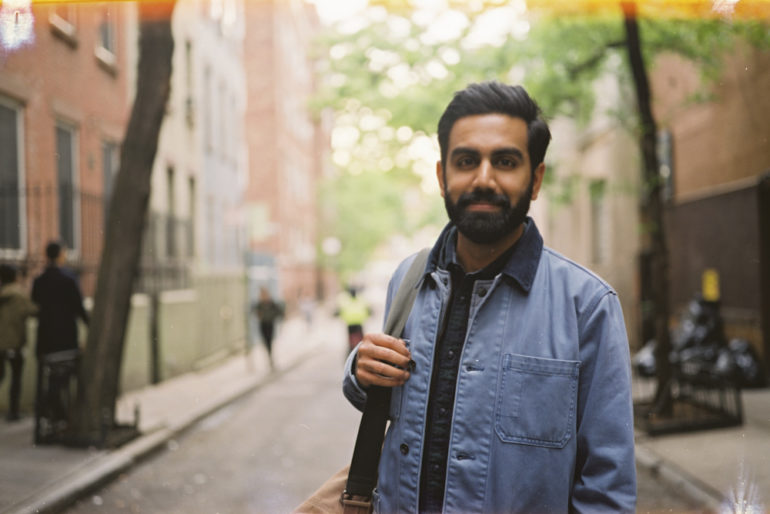While Kodak Portra 400 has forever enjoyed the spotlight, Fujifilm Pro 400H has in some ways lived in the shadow of what’s often marketed with Kodak’s option. But in truth, Fujifilm Pro 400H has a character that is all its own–and like Portra, you either love it or you despise it. If you’re a Fujifilm X series camera user, then you’ve probably experimented with the film emulsion simulation in many ways. Most of the work online though was probably rendered in Velvia, Provia or perhaps even Acros at this point simply because it’s so darn good.
If you’re a portrait shooter that loves to step into the studio or work with off-camera lighting in one way or another, I highly suggest that you take a look at Fujifilm Pro 400H if you haven’t already.
Pros and Cons
Pros
- Very nice colors in the right situations (just like Portra)
- Extremely simple to work with and very forgiving
- The 120 emulsions have a nice way of sealing the film up when you’re all done shooting a roll
- You don’t necessarily need to shoot the film at ISO 200 and then develop for 320 to get better colors
- Pretty sharp with the right lenses
Cons
- It tends to skew more towards the greener side of the tint scale, so you’re probably best working with this lens a lot in natural light vs Portra which I personally feel lends itself more to studio work due to its more purple-ish hues. However, this all also depends on the lenses that you’re using and how you’re shooting it. I also want to make it clear that this is more of a personal con than a general one. You may like the green tint!
Tech Specs
Fujifilm has an entire technical PDF telling us all about this.
Gear Used
Fujifilm Pro 400H was used with the Canon EOS Elan 7 with the Sigma 35mm f1.4 Art, Leica CL with 40mm f2, Minolta a7 with the Sony 35mm f1.4 and the Fujifilm GW 690 III.
Ease of Use
I was first turned onto Fujifilm Pro 400H years ago by a personal buddy of mine who works for Fujifilm. At the same time, I was considering testing lenses and lights with film cameras to give the Phoblographer a bit more spice and variety vs a lot of the others out there. So it started when the Sigma 35mm f1.4 Art lens came in for review. I decided to give it a go using the film and since then I didn’t pick it back up.
That was my first mistake.
Like many other photographers who first start out using film, I didn’t really like the daylight white balance that film delivered and so I tried to “fix” the color of my scans vs actually working to ensure that the film gave me the best color to begin with. I was in this mentality for years until I decided to change to work with film for what it is to deliver the best results. Back then, the Sigma 35mm f1.4 art lens gave me some really beautiful photos. It showed me that I could easily shoot the film at ISO 400 and get great colors. That’s a relief! With Kodak Portra 400, I genuinely feel like you HAVE TO shoot at ISO 200 and develop at ISO 320 to get the best of the best. But with Fujifilm Pro 400H I don’t really feel like that’s the same process.
If you plan on pushing the film though, then give it more light. For example, if you’re shooting at ISO 800, then meter for maybe ISO 400 and develop it between based on what you specifically believe that you want.
What I will absolutely state is that your camera and lenses should have clean contacts to communicate with one another, your rangefinders should be calibrated, and putting soft lenses in front of this film emulsion these days absolutely does not do it justice in the face of digital photography.
Image Quality
Fujifilm Pro 400H is truly a beautiful film when used properly. So with that said, as you happen to walk around simply be conscious of the type of lighting and reflected lighting that is around you. The film is balanced to daylight and as long as you keep that in mind while shooting, you should be good. Here are a ton of image samples.
The photos below were shot with a combination of daylight and fluorescent. These are the straight scans using a Minolta a7 and a Sony 35mm f1.4.
Here are the fixed scans:
Canon Elan 7 and Sigma 35mm f1.4 along with Minolta a7 and Sony 35mm f1.4
Very personally, the 35mm film photos are pretty nice but I’m a much bigger fan of what I’ve shot in medium format.
Medium format Fujifilm Pro 400H: Pentacon 6 TL and Fujifilm GW 690 III
Fujifilm Pro 400H does a significantly better job when working with the 120 emulsion than it does with the 35mm emulsions. It’s got a very specific look to it that I really do like; but I still consider it to be something of a more saturated version of Kodak Portra 400. I’d honestly use this film more for dedicated event coverage personally than for portraits; but again that’s a personal feeling.
All of my 120 photos were shot at ISO 200 and developed for 320.
Now this is where I tend to really like the quality of Fujifilm Pro 400H a lot more. To be very fair, I feel the same way about Portra 400. If you’re going to make the most of film these days, you’re honestly best off just going medium and large format in order to take advantage of the fact that there is so much more emulsion on the surface area.
Additionally, as with all film, you’re going to get the best results in direct sunlight.
Conclusions
So do I like Fujifilm Pro 400H? Yes. Do I like it more than Portra 400? Personally, not really. But at the same time, I’m also not as much of a fan of negative film as I am of slide film. Though if I had to reach for one emulsion over the other, I’m not going to lie: I’ve always had better success with Kodak Portra 400 in 35mm. However, I’ve seen some absolutely fantastic photography done with Fujifilm Pro 400H in medium format that totally rivals Portra 400. So if you are going to work with it, I strongly recommend that you check it out in 120 format vs 35mm.
But arguably, that could be said for any emulsion.
Want some? I recommend checking out Amazon for some of the best prices.


